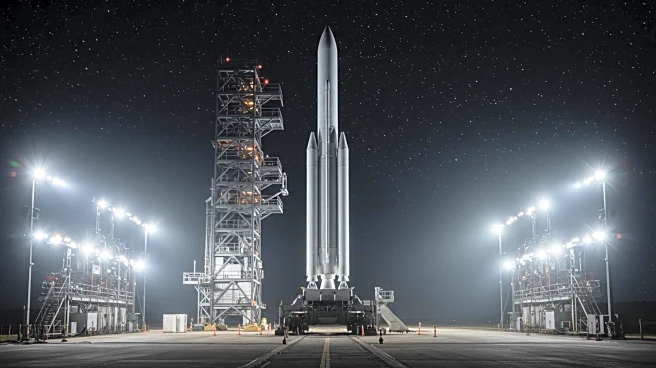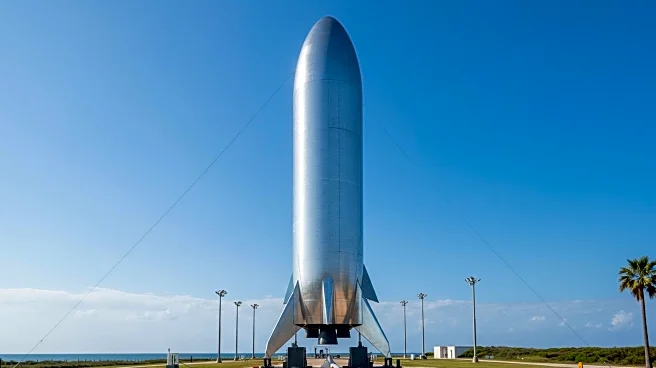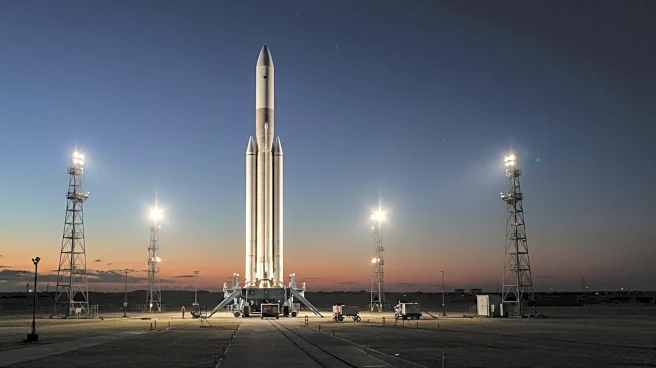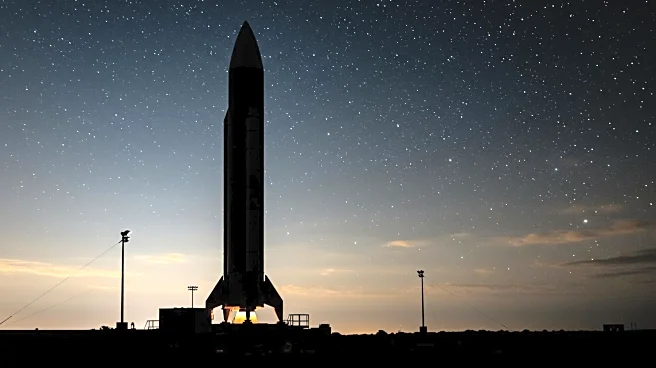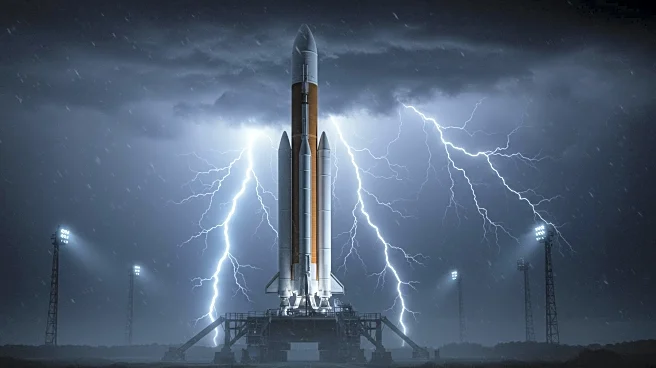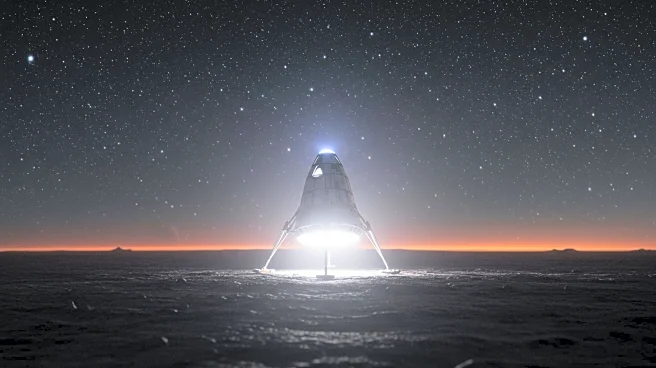What's Happening?
SpaceX is gearing up for the next test flight of its Starship megarocket, the most powerful rocket system ever constructed. The upcoming test follows a series of explosive mishaps and failures, including debris incidents in the Turks and Caicos and the Bahamas. Despite these setbacks, the Federal Aviation Administration (FAA) has approved SpaceX's plans for the test, having closed its investigation into the previous mishap. The uncrewed Starship prototype will attempt to complete test objectives that were not achieved in previous missions. SpaceX has made modifications to the Starship system, including adjustments to a fuel diffuser, to address issues from the last flight.
Why It's Important?
The success of SpaceX's Starship is crucial for the future of U.S. space exploration, including NASA's plans to return humans to the moon by 2027. The Starship's development is also part of a broader geopolitical strategy to demonstrate U.S. technical superiority in space. However, the series of failures has raised concerns among experts and stakeholders about the viability of the project. The FAA's approval of the test flight indicates regulatory confidence in SpaceX's corrective measures, but the pressure is on the company to deliver successful results. The outcome of this test could have significant implications for SpaceX's future missions and its role in the space industry.
What's Next?
SpaceX plans to conduct two more flights with the current generation of Starship, each designed to expand the vehicle's capabilities. The company is also working on a larger, more ambitious version of the Starship, which could address current issues but may introduce new challenges. The U.S. government has taken steps to support SpaceX's testing efforts, including increasing the number of authorized launches. The stakes are high, as SpaceX aims to send a Starship to Mars by 2026 and NASA plans to use it for lunar missions. The success of these endeavors could revolutionize space travel and industry economics.
